By Sandy Ryan
It’s a great time to be in eDiscovery.
Over the last decade, litigation and related discovery work has skyrocketed, in part due to increases in the types of data generated as well as the use of AI. Those factors, combined with the effects of the COVID-19 pandemic, have put the field of eDiscovery at the forefront of the legal job market as a viable career for attorneys. And job prospects will likely only go up from here, with experts predicting that the global eDiscovery market will grow to more than $17 billion by 2027, with a compound annual growth rate of 8.7 percent.
While getting started in eDiscovery may seem daunting for a new attorney or one looking to make a career change, fear not. At Level Legal, we have created a career pathway to help ease our new reviewers into a career in eDiscovery. You might even call it a kickstart. By following the seven steps below, interested candidates can ensure they succeed in stepping into eDiscovery.
1) Register With Providers
With so many eDiscovery providers on the market, candidates might feel overwhelmed at the prospect of narrowing down one or two viable options. But that’s the great part of this field – you can register with several organizations to make sure your name is known. We suggest registering with six to ten high-volume eDiscovery companies to make sure you have a good foot in the market. Registration lets providers know that you’re available and interested in their current (or future) opportunities.
But don’t just register and then kick back and wait for organizations to contact you. The best candidates are proactive rather than reactive, keeping in constant communication with providers so that they’ll be top of mind when opportunities arise.
In addition to registration, we also recommend that you subscribe to Posse List, a listserv for eDiscovery jobs. When opportunities arise that fit your interests and skill sets, be quick to apply. In fact, don’t just settle for only applying to opportunities that match your skillset. Sure, companies may be seeking a particular specialty right now, but it’s possible their needs will change, and they may choose to broaden the scope of candidates at a later date. Or your application may fit another upcoming opportunity yet to be posted. Again, the key to staying competitive is proactivity, making sure prospective employers know who you are and what you can do.
2) Create an Available-for-Work Communication Cadence
As companies send out staffing blasts (the lists of available job opportunities within that organization), create your own list of recruiters and contacts within each entity, and get into the habit of checking in with them on a weekly or bi-weekly basis (an email is best). Typically, candidates who have checked in within the last 10-14 days take preference for jobs and remain top of mind for recruiters.
If you’ve applied for jobs but have not heard anything back, don’t be discouraged. It’s a busy field. Just send a follow-up email the Monday following your application submission.
Some other tips while applying:
- Check emails frequently. And consider setting up push notifications on your phone so you don’t miss a beat.
- Answer all questions in a recruiter’s email. We’ve all had the experience where we ask someone multiple questions in an email only to get an answer back to solely the first question. Don’t be that person.
- Complete documentation quickly. Along the same vein, make sure you read the whole email and all its requirements, then complete any steps quickly and thoroughly.
- Update your information. If you’ve completed a recent project, be sure to update your resume and resubmit it to your recruiting contacts. This simple act could elevate your application if you have recent experience with a sought-after subject matter.
Also, while it may go without saying, don’t accept projects you don’t have time for. For example, if you see a six-month project posting but have a vacation planned in the middle of it, only apply if you know you’ll have time to review during your vacation. The worst thing you can do is overpromise but underdeliver.
3) Complete Conflict Form
Conflicts checks are a time-consuming but necessary part of the legal field. And the last thing you want to do is cause a conflicts situation for one of your firms, so make sure you’re keeping a record of all the projects you work on, including the names of parties and platforms on which you worked, dates.
This information could later make or break a future project. Recruiters don’t necessarily receive the granular details of the cases reviewers work on, rather they usually have a high-level understanding of the matter. We recommend you create your own “little black book” complete with the specific details of each of your review jobs.
And don’t forget to update it quickly after each completed project!
4) Wait on Selection
Just because you completed a conflicts form doesn’t mean you’ve been selected. Consider yourself in a purgatory-like holding pattern, until the client makes their selection. At Level Legal, we’ll notify you either way within 24 to 48 hours; other vendors may not practice this, so be prepared to follow up.
This portion of the process can take a bit of time, so just be patient – but persistent with follow-up. If, in the meantime, you need to take another job, just let the vendor know. At Level Legal, we’ll never discourage you from taking another job while you wait on the selection process. (A lawyer’s gotta eat, right?). The main takeaway here is to be sure to communicate that information with your recruiter, so she knows you’re no longer available.
5) Get Selected and Complete Further Documentation
Providers will be sending additional documentation specific to each project. These documents should be executed before you arrive on the project, so be sure to check your email and complete forms and other documents fully.
6) Attend Initial Training
After the pandemic forced the world to work remotely, many parts of working from home became easier. But setting up IT isn’t one of them. So it’s really important that you make sure your IT and system are ready to go before the project begins. Typically, you’ll receive the IT instructions with plenty of time to ensure all systems are a go before beginning.
But in any event, don’t wait until the day of the project start to test out your system – technology kinks are sure to arise. Here are some other tips to make sure you can hit the ground running:
- Be fully “seated” the night before: Make sure your tech is ready and charged, and test logging into any applicable portals so you can prevent issues on day one.
- Develop a working knowledge of the platform: Don’t wait until you’re starting the project to learn the reviewing platform. There are a few big eDiscovery platforms that most organizations use (the biggest being Relativity). Before the project starts, go online and complete the platform’s tutorials, and ask questions if you’ve got them. Waiting until the day of review puts you at a huge disadvantage for your first project since that day usually is reserved for reviewing the specifics of the case and related review protocols. Remember: This type of work is production-based, so if you’re struggling with the platform, you will struggle to produce your best work. And since every project matters, you might accidentally set yourself up for failure to be considered for future projects.
7) Do the Review
OK, so this part of the process is implied. But there are a few things to remember while you’re actually working the review.
Start by asking questions. If you have one about how to tag a document or what a particular part of the protocol means, other people may have the same question. At Level Legal, we truly believe there are no dumb questions. On our projects, we use Microsoft Teams, so simply “raise your hand,” post in the group chat, or directly message your team lead or review manager. If it’s a simple question that isn’t urgent, perhaps wait to see if you have a few more questions and then knock out a few things with one message – think quality over quantity here. This is what sets great reviewers apart from good ones.
It’s important to understand when a review is over, and the answer is when the review manager says so. Just because you see a slowdown in the documents, don’t assume the project is about to end. The field of eDiscovery is fraught with technology, client, and batch issues so keep plugging away until someone says pencils down.
Once your review manager tells you a project is ending on a certain date, you do three things:
- Update your resume and little black book with the project information.
- Inform providers of your availability. Let them know your current project’s end date.
- Send your updated blast out to your list of contacts.
The main mistake we see during this stage of the process is reviewers waiting until days after the end of the project to reach out about other opportunities. By that time, your colleagues who were proactive have already called three days before the end date and secured an upcoming project. Again, communication is key, so make sure you’re in touch with your in-house recruiter – he might have upcoming projects and can easily slide you in there – as well as recruiters at other eDiscovery companies.
At Level Legal, we believe that eDiscovery is a great career choice. (OK, maybe we’re biased, but we love what we do!). And our recruiters are committed to setting our reviewers up for success because we know that we’re only as good as our last placement. Let us help you kickstart your move into the field.
Want to learn more about the Level Legal difference as a reviewer? Reach out to us.
Sandy Ryan is the senior director of recruiting at Level Legal. She was born a natural eDiscovery recruiter, although she took a circuitous route from the tiny island of Montserrat through the U.S. Army Reserve to become one officially. When she is not overseas with close family, she calls the East Coast home, often opening her hone to share Montserrat’s national dish: goat water. Don’t knock it ’til you try it.


